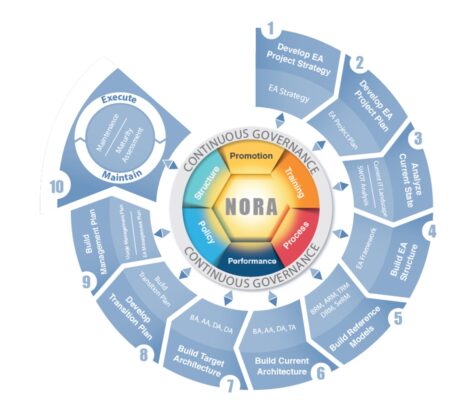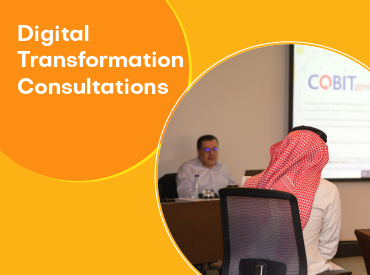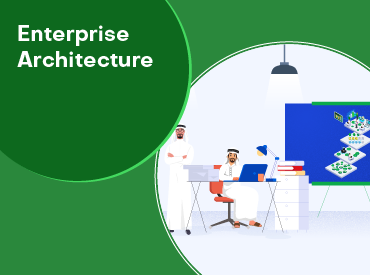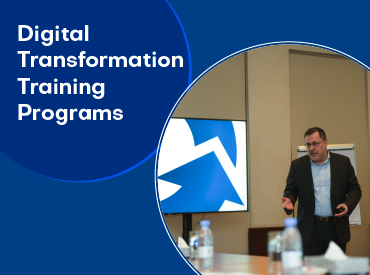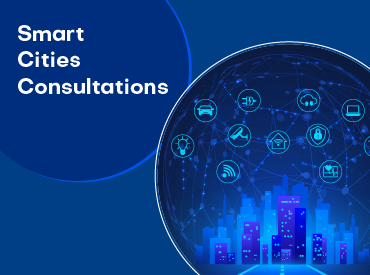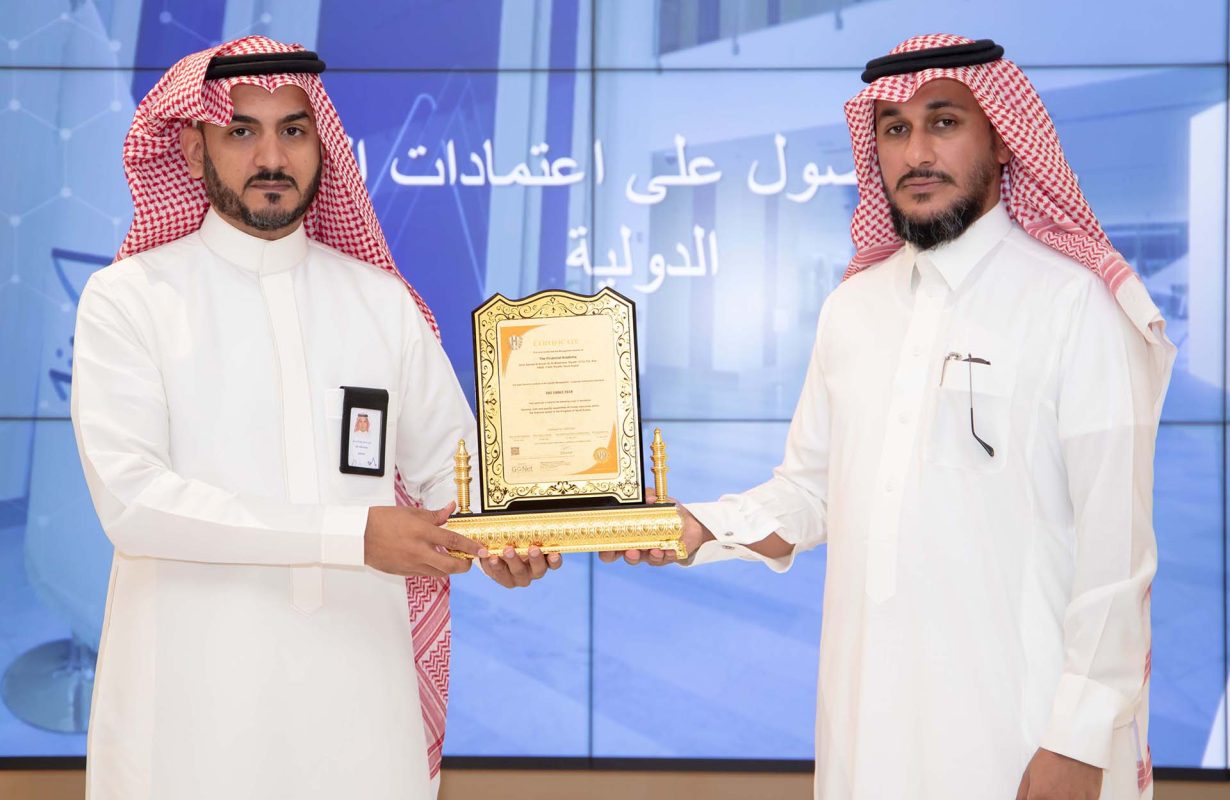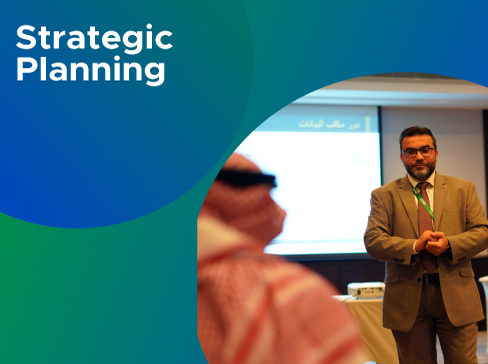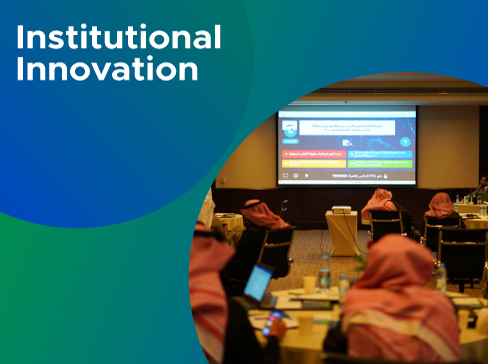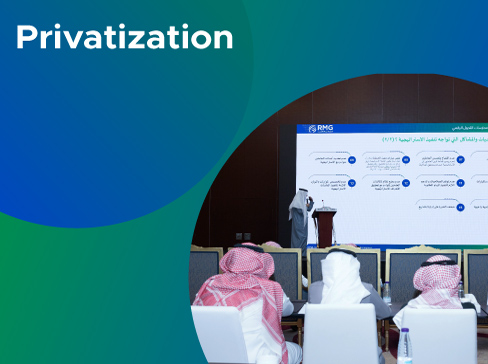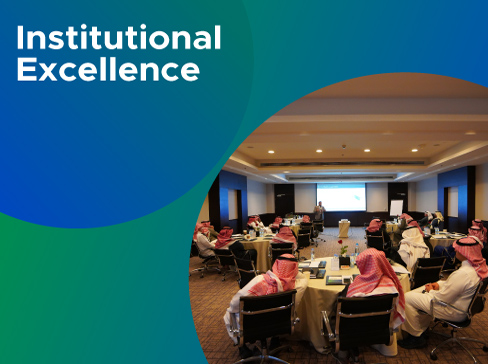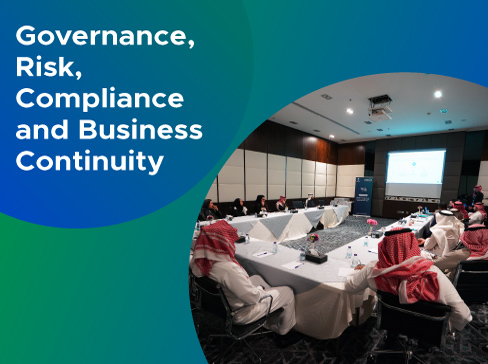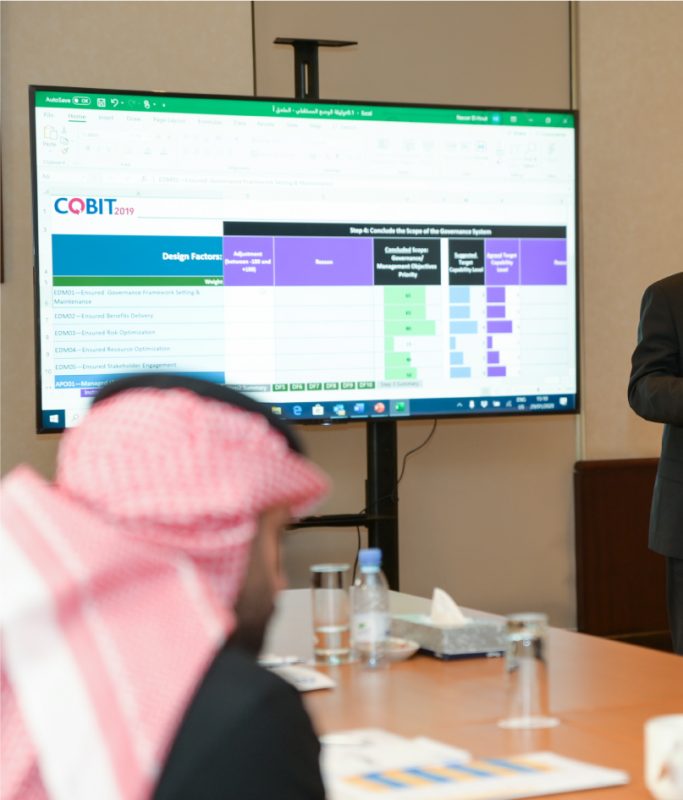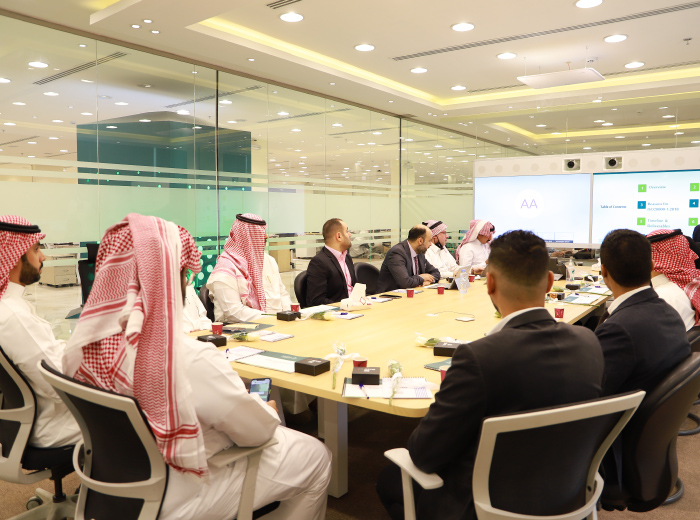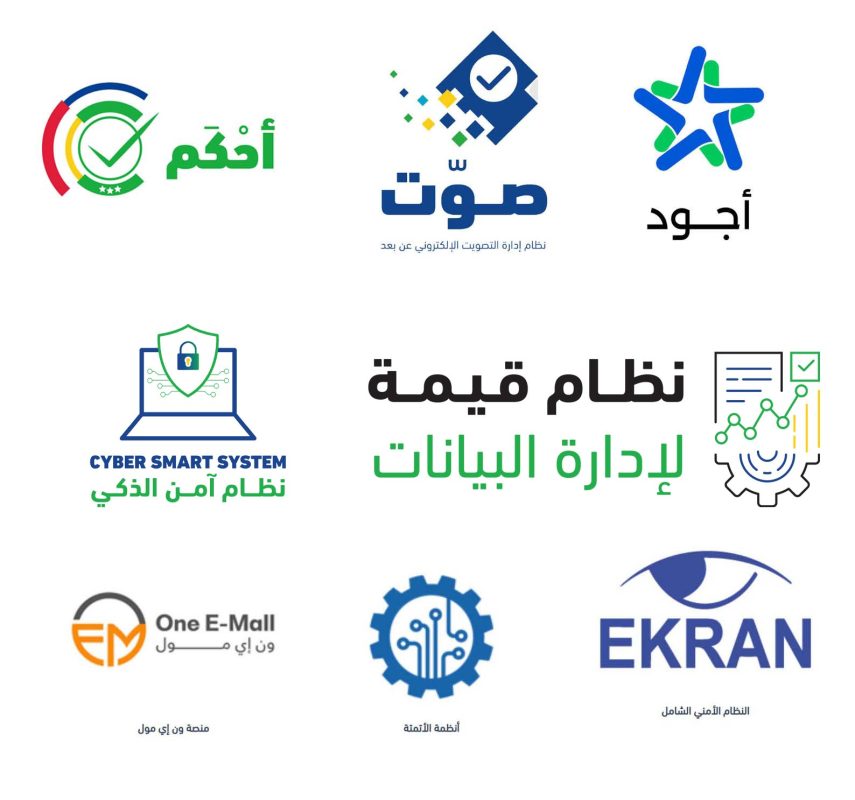Over the past years, many organizational architecture frameworks and methodologies have emerged, and all frameworks and methodologies aim to define a structure that can represent the complex interactions between people, processes, and technologies. It defines how structures and components within the structure are organized. The framework can be used to describe current and future states and analyze gaps in the facility.
We will look at four of the most popular global frameworks:
- The Open Group Architecture Framework (TOGAF).
This framework provides an approach to designing, planning, implementing, and governing an enterprise information technology architecture, this framework was developed in 1995 by the Open Group and version 9.2 is the most recent version, it is the version approved since 2018 and provides improved guidance, error correction, and improved document structure, And remove obsolete content. The main improvements in this release include updates to the business structure and Content Meta model. All these changes make the TOGAF framework easier to use and maintain. It is a framework that allows enterprises and companies to design, plan, develop and implement their infrastructure with fewer errors and optimal use of financial resources. Institutions and organizations can use this framework for free internally but it cannot be used for commercial purposes.
The TOGAF framework features an expanded set of concepts and guidelines to support the creation of an integrated hierarchy of structures being developed by teams within larger organizations operating within an overarching model of architectural governance.
The TOGAF framework helps companies create a unified approach to the corporate architecture, using a common vocabulary, recommended standards, compliance methods, proposed tools and programs, and a method for identifying best practices. TOGAF is very popular as an architectural framework for organizations, and according to the Open Group, it has been approved by more than 80 percent of the world’s leading institutions and companies.
The TOGAF framework is usually described into four interrelated domains called architecture domains.
- The area of business (Business Architecture), where the organization’s strategy, governance framework, organizational structures and processes that organize the core business within the organization are defined and defined.
- Application Architecture describes the structure of an organization’s logical and physical data assets and associated data management resources.
- The field of data provides a blueprint for each of the information systems that will be deployed, the interactions between the systems, and their relationships with the basic operations of the organization with the service frameworks that will be presented as business units for integration.
- Technology Architecture describes the hardware, software, computer networks and infrastructure needed to support the deployment of critical and essential applications.
Architecture Development Method:
It is a method of developing the corporate architecture to meet the business and information technology needs of the organization. It is tailored to the needs of the organization and then employed to manage the implementation of these architectural planning activities, a method resulting from continuous contributions from various TOGAF experts. ADM helps architectural experts and practitioners develop an organization that meets most system requirements and other organizational requirements. The following figure illustrates the architecture:
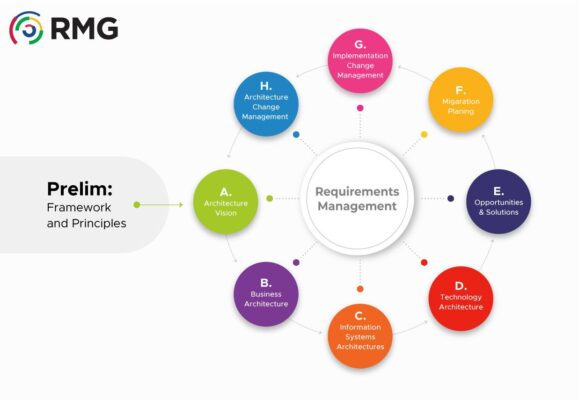
The Zachman framework is named after one of the original founders of the organizational structure approach: John Zachman, it is the formal representation and Enterprise definition and represents the basic structure of the Enterprise structure that provides a formal and organized way to define and present the facility or organization and it extends over six architectural contact points and six A primary stakeholder to help standardize and define IT engineering components and outputs
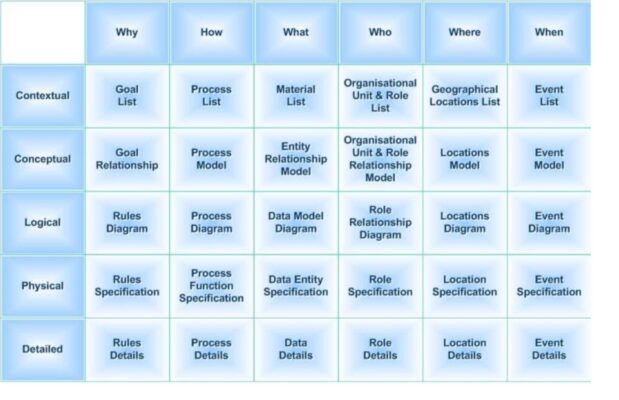
Here, the interconnection network these nodes create between them will give you a structure explaining how an organization can function better. When decision makers realize why each point is related, a powerful aspect will be revealed thus moving towards making the right decisions.
Be aware that these details are extensive, and improving them can provide a more focused and accurate network of information that is today the backbone of life.
3. National Enterprise Architecture (NORA).
The development of the e-government program “Yesser” for the National Methodology for EA (NORA) is part of the program’s efforts in line with the goals of Vision 2030 for the government sector.
In general, the National EA (NORA) methodology aims to:
- Determine the scope and requirements of the Enterprise structure in government agencies.
- Helping government agencies to implement the Enterprise structure smoothly and effectively.
- Ensure the efficiency and quality of the Enterprise structure and its outputs in the government agency through consistent processes and recommendations.
- Aligning the directions and objectives of the Enterprise structure of the government agency with the national Enterprise structure and national executive plans to support the government approach towards digital transformation in a more comprehensive manner.
- Facilitating the use of the Enterprise infrastructure, and enhancing awareness and capacity building in government agencies.
The National EA (NORA) methodology is distinguished from the rest of the methodologies in that it is:
- It was built as a guide for building and developing the Enterprise infrastructure to suit the needs and aspirations of government agencies.
- All stages of the organizational structure life cycle are described in detail, with examples and illustrative examples of outputs in all stages to help government agencies to better understand.
- Balanced approach to building the EA that focuses on both procedures and building the required outputs
- Flexible and customizable to suit the different requirements and needs of government agencies.
Life Cycle of the National EA “NORA”
The National EA “NORA” methodology is based on a life cycle consisting of ten main stages. These phases are implemented in a sequential manner in line with the goals and objectives of the government entity in terms of building and developing the Enterprise structure.
The figure below shows the stages of the National Enterprise Structure Methodology.
